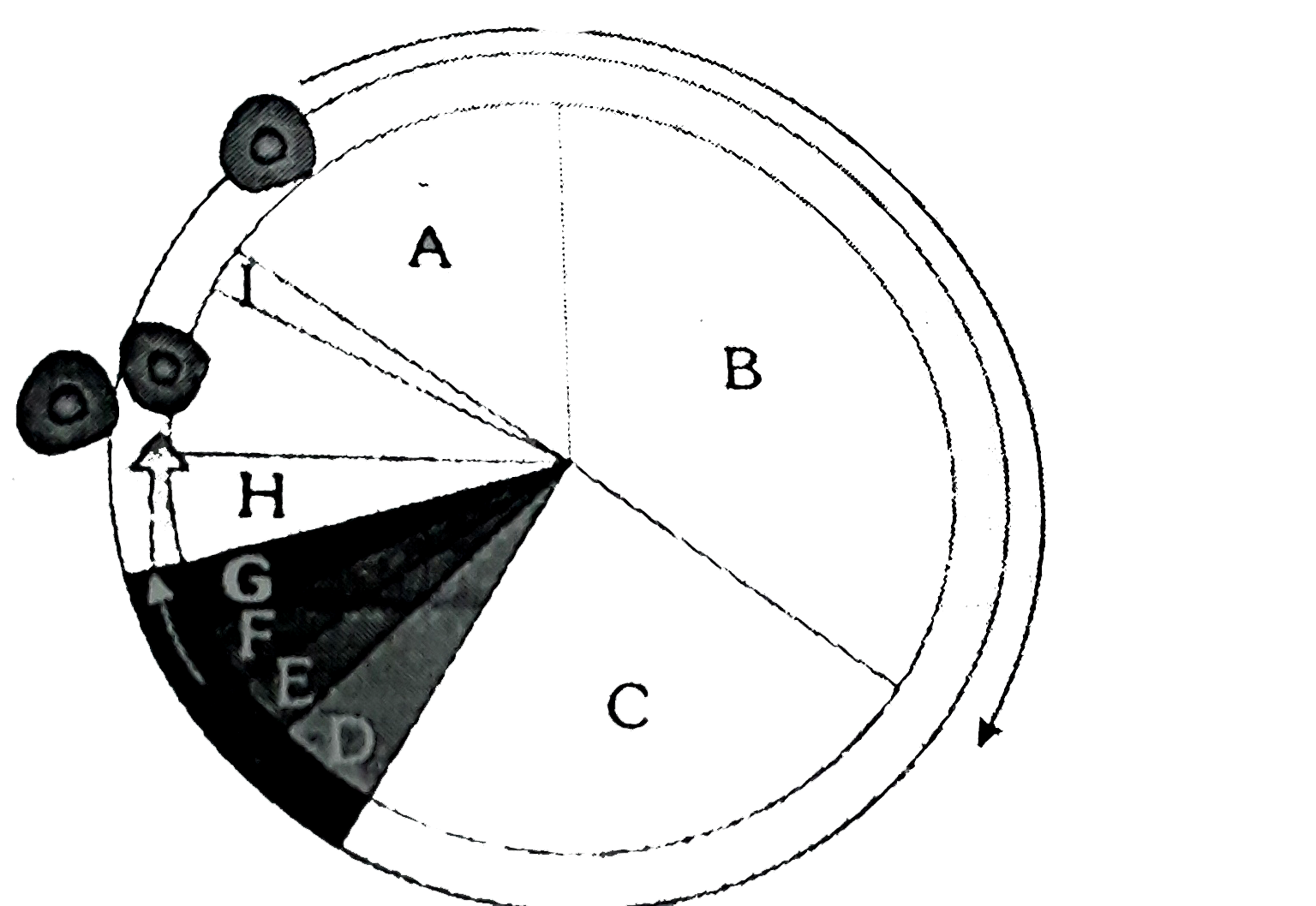Point of attachment of chromosomal fibre of spindle is kinetochore/centromere.
Step-by-Step Solution:
1. Understanding the Components:
- The question asks about the point of attachment of the chromosomal fiber of the spindle.
- The two terms mentioned are "kinetochore" and "centromere".
2. Identifying the Centromere:
- The centromere is a specialized region of DNA that links a pair of sister chromatids together.
- It plays a crucial role during cell division as it is the point where the two chromatids are joined.
3. Identifying the Kinetochore:
- The kinetochore is a protein structure that forms on the centromere during cell division.
- It serves as the attachment point for spindle fibers, which are responsible for pulling the chromatids apart during mitosis.
4. Analyzing the Attachment:
- During cell division, spindle fibers emanate from the centrosomes and attach to the kinetochores.
- This attachment is essential for the movement of chromatids to opposite poles of the cell.
5. Conclusion:
- While the centromere is the region where sister chromatids are joined, the actual point of attachment for the spindle fibers is the kinetochore.
- Therefore, the correct answer to the question is kinetochore.
- The question asks about the point of attachment of the chromosomal fiber of the spindle.
- The two terms mentioned are "kinetochore" and "centromere".
- The centromere is a specialized region of DNA that links a pair of sister chromatids together.
- It plays a crucial role during cell division as it is the point where the two chromatids are joined.
- The kinetochore is a protein structure that forms on the centromere during cell division.
- It serves as the attachment point for spindle fibers, which are responsible for pulling the chromatids apart during mitosis.
- During cell division, spindle fibers emanate from the centrosomes and attach to the kinetochores.
- This attachment is essential for the movement of chromatids to opposite poles of the cell.
- While the centromere is the region where sister chromatids are joined, the actual point of attachment for the spindle fibers is the kinetochore.
- Therefore, the correct answer to the question is kinetochore.
Topper's Solved these Questions
- CELL CYCLE AND CELL DIVISIONBOOK - MODERN PUBLICATIONCHAPTER - CELL CYCLE AND CELL DIVISIONEXERCISE - REVISION EXERCISE (VERY SHORT ANSWER QUESTION)
25 Videos
- CELL CYCLE AND CELL DIVISIONBOOK - MODERN PUBLICATIONCHAPTER - CELL CYCLE AND CELL DIVISIONEXERCISE - REVISION EXERCISE ( SHORT ANSWER QUESTION)
30 Videos
- CELL CYCLE AND CELL DIVISIONBOOK - MODERN PUBLICATIONCHAPTER - CELL CYCLE AND CELL DIVISIONEXERCISE - QUICK (MEMORY TEST) (B.COMPLETE THE MISSING LINKS)
17 Videos
- CELL : THE UNIT OF LIFE BOOK - MODERN PUBLICATIONCHAPTER - CELL : THE UNIT OF LIFE EXERCISE - Chapter Practice Test (Section-E)
1 Videos
- CHEMICAL COORDINATION AND INTEGRATIONBOOK - MODERN PUBLICATIONCHAPTER - CHEMICAL COORDINATION AND INTEGRATIONEXERCISE - Chapter Practice Test
16 Videos
Similar Questions
Knowledge Check
The region of the attachment of chromosome to spindle fibers is called
ACentromereBCentrioleCChromonemataDCentrosomeKinetochores of a chromosome are
ADisc shaped proteinaceous structure present at the centromereBPresent near secondary constrictionCDistributed all over the length of the chromosomesDBeaded string like structuresAssertion: Small disc-shaped structures at the surface of the centromeres are called kinetochores.
Reason: Kinetochores serve as the sites of attachement of spindle fibres to the centreomeres.AIf both assertion and reason are true and reason is the correct explantion of assertionBIf both assertion and reason are true but reason is not the correct explnantion of assertion.CIf assertion is true but reason is false.DIf both assertion and reason are false.

Answer the following questions regarding the events carried out in the labelled parts of the ab ove given diagram.
(1) DNA synthesis occurs in
(2) Condenstaion of chromosomal material takes place in
(3) Attachement of spindle fibres to kinetochores of chromosomes during
(4) Initiation of the assembly of mitotic spindle during
(5). Splitting of centromere and separation of chromatids in
(6) Movement of chromatids to opposite poles during
(7) Reformation of nucleolus, Golgi complex and ER occurs in
(8) Alignment of chromosomes along metaphase plate during
(9) During of cytoplasm during
(10) Preparation of cell division takes place during.
View SolutionSpindle fibres attach on to
View SolutionSpindle fibres attach on to
View SolutionSpindle fibres attach on to
View SolutionSpindle fibers attach on to
View Solution
